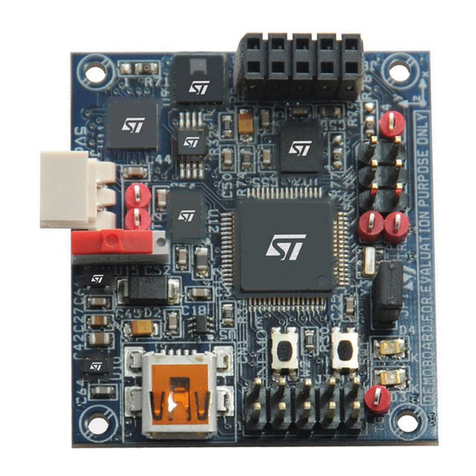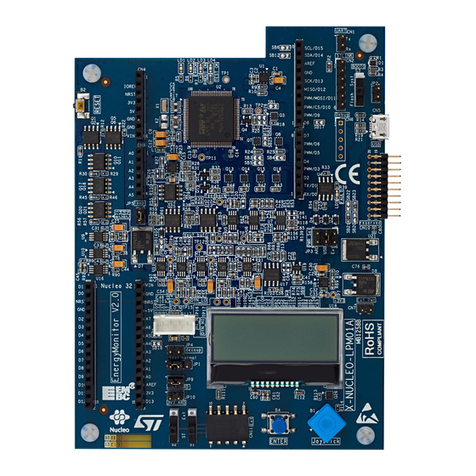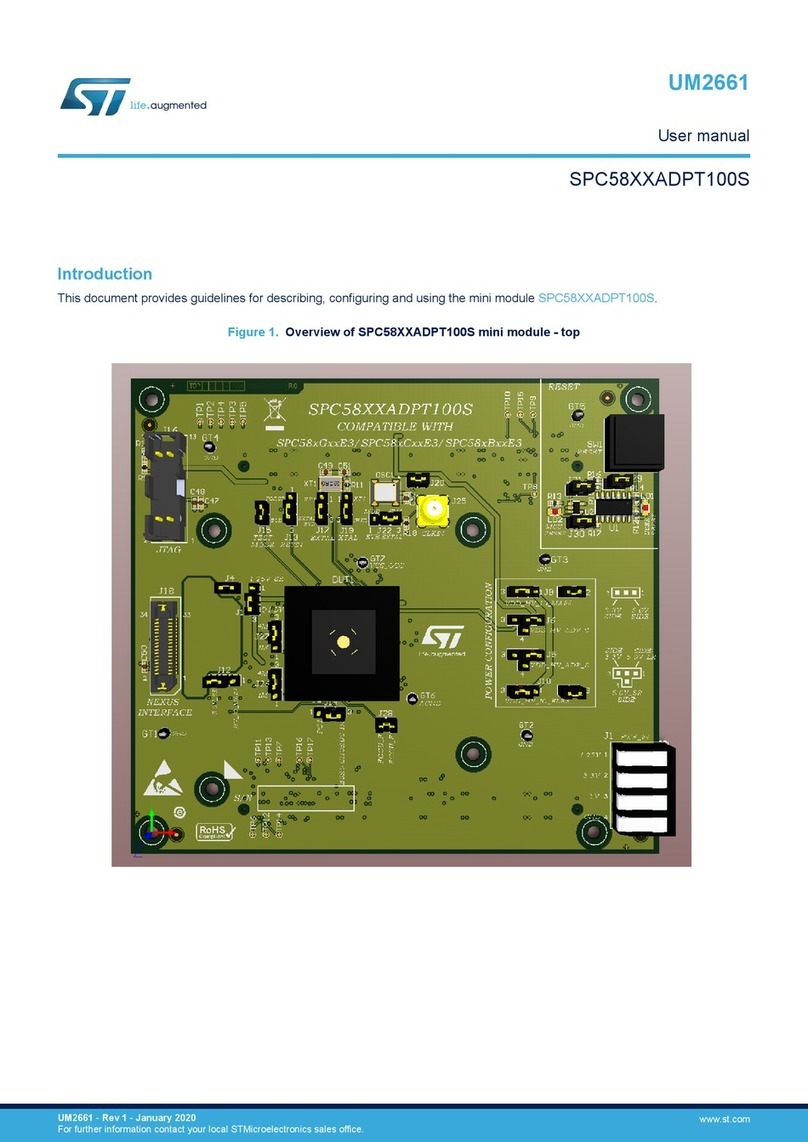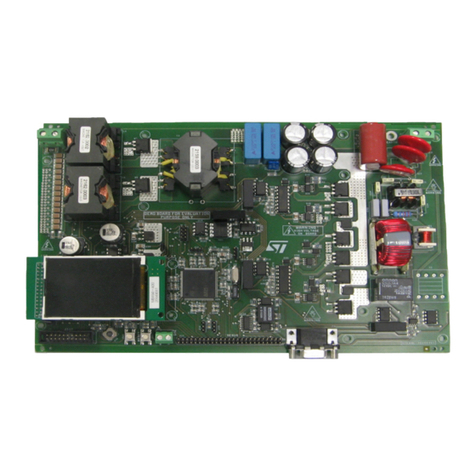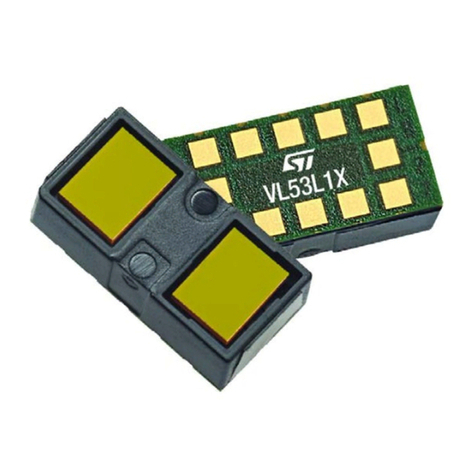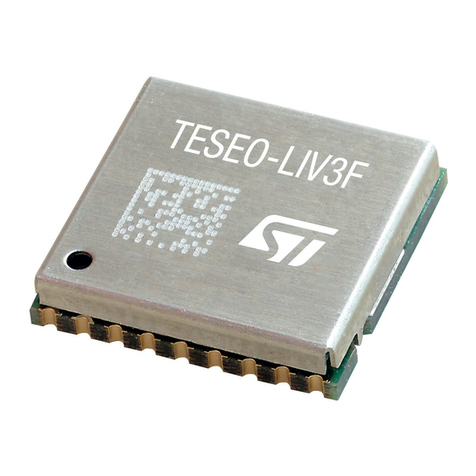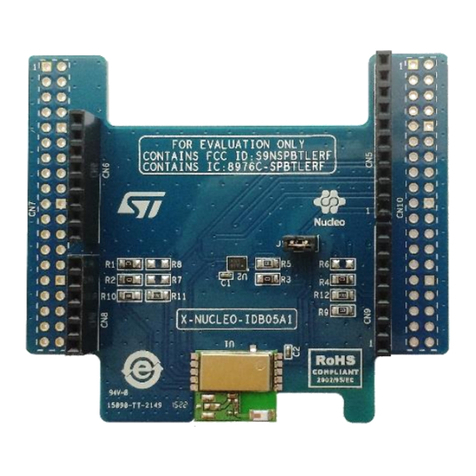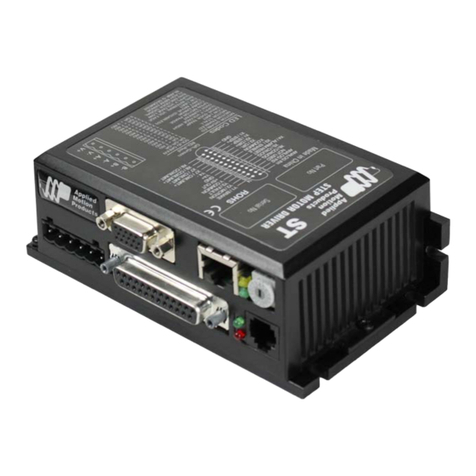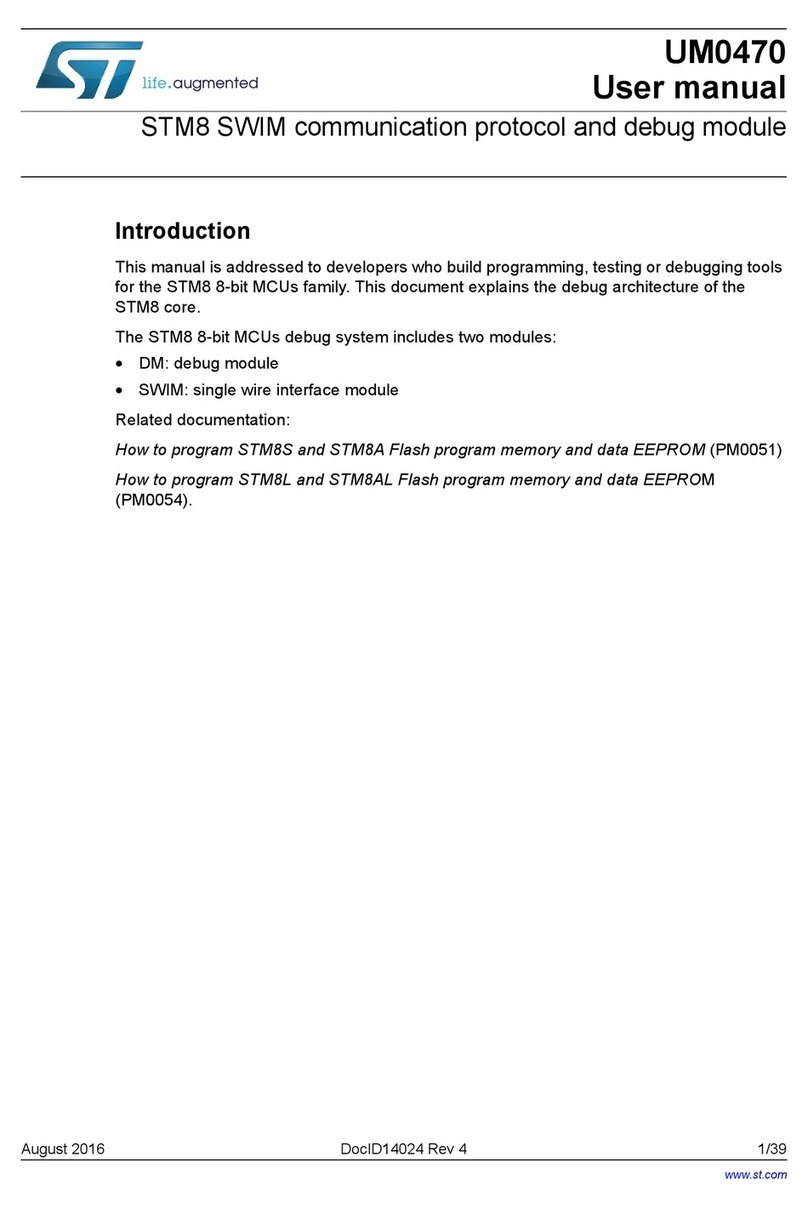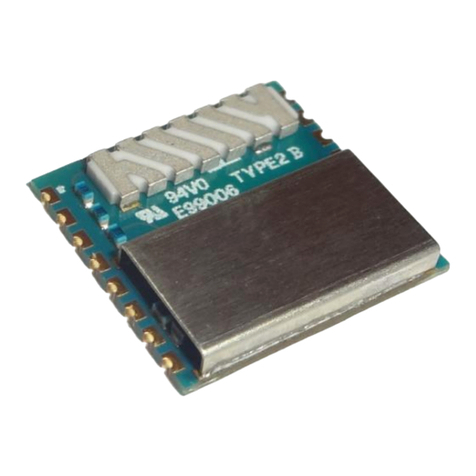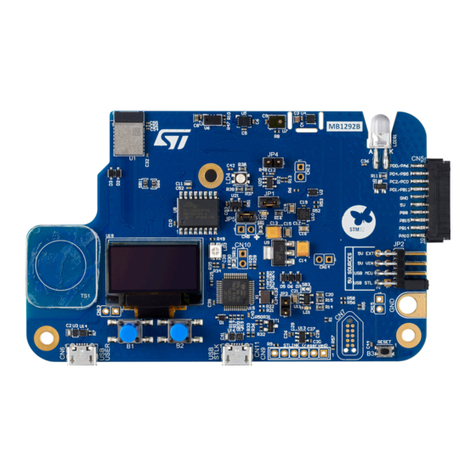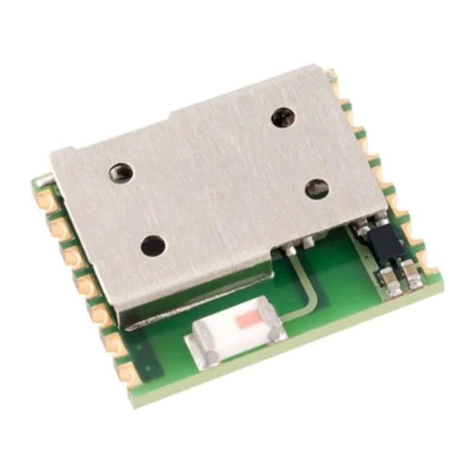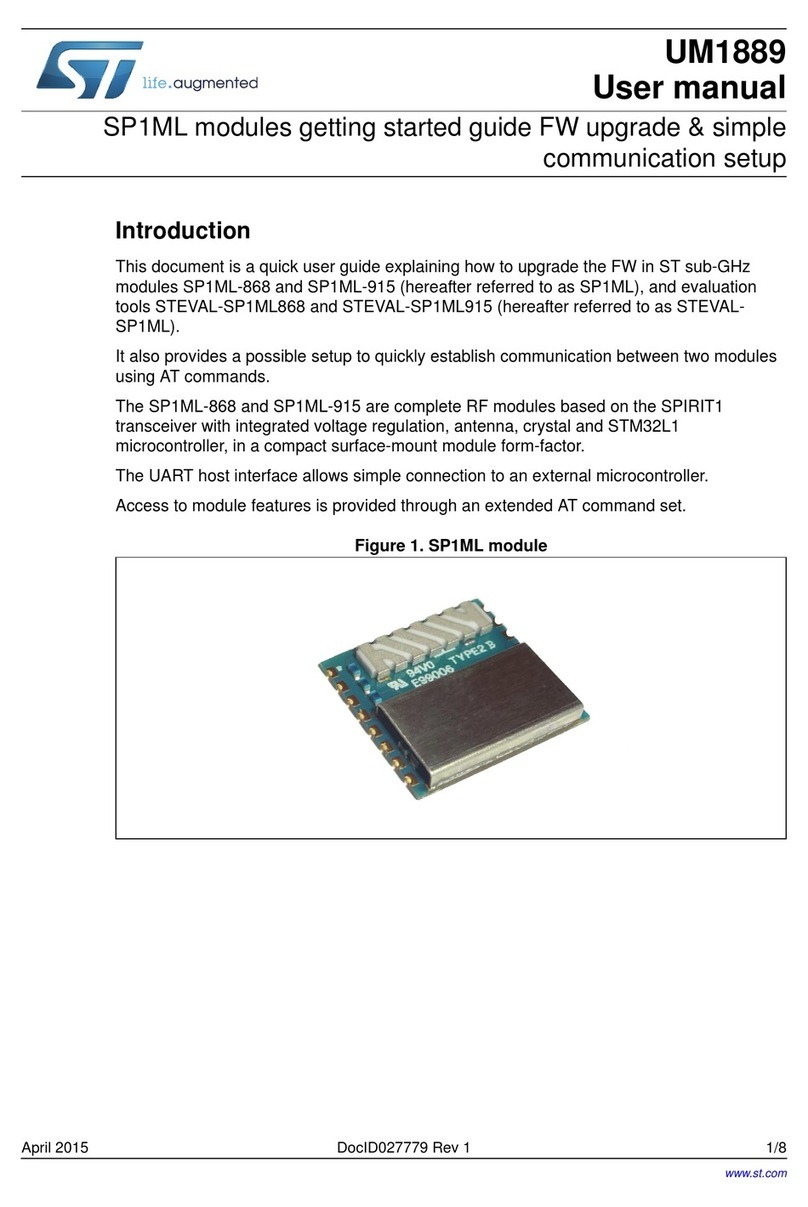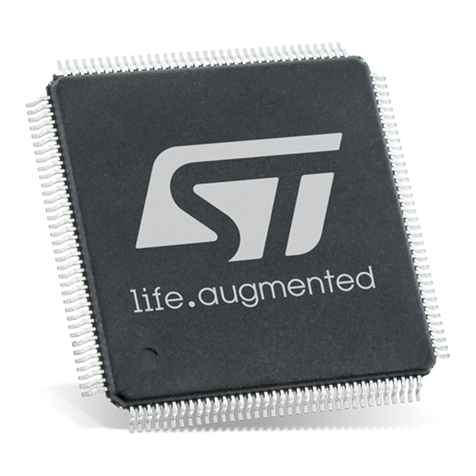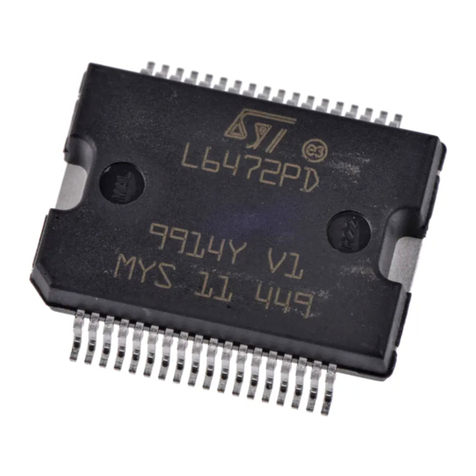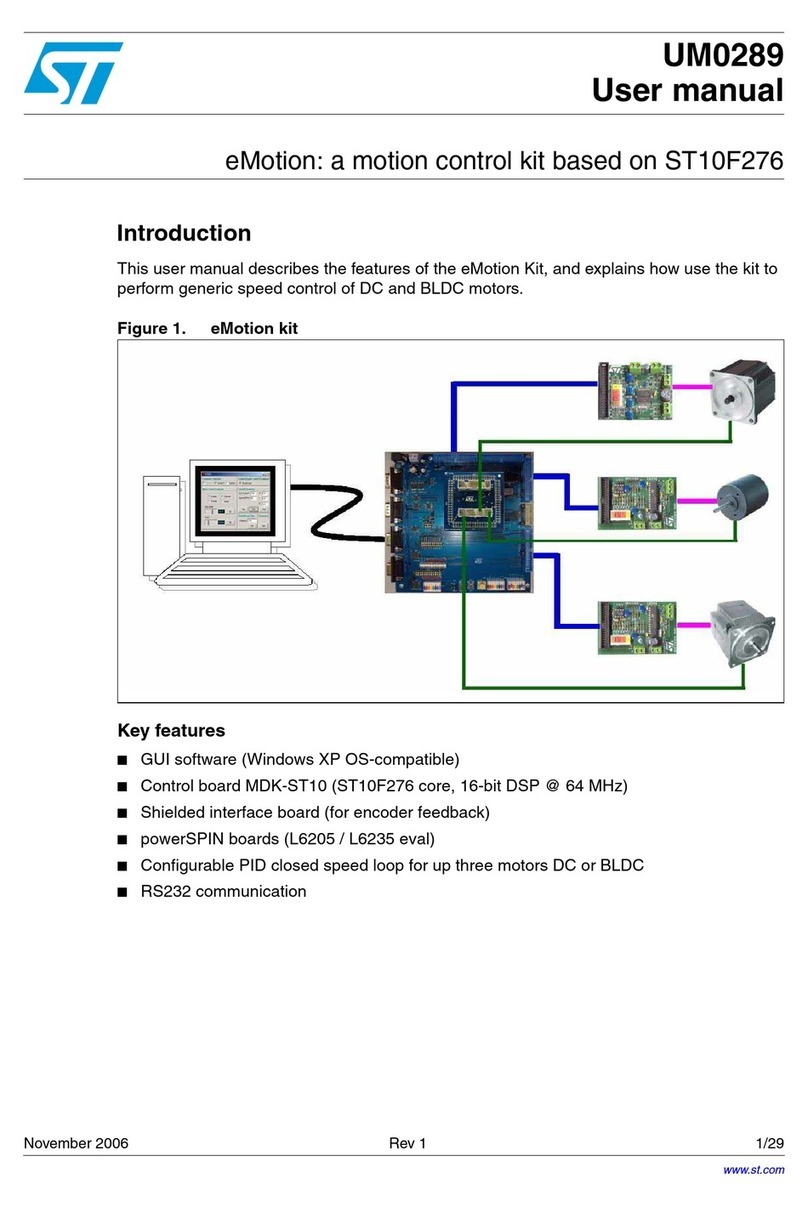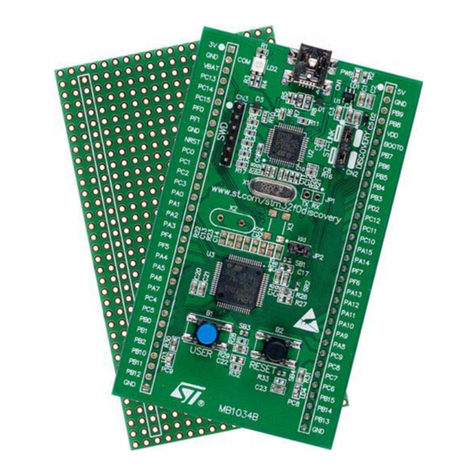
2.3 Storage and transportation conditions
Improper transportation and unsuitable storage of components can lead to a number of problems during
subsequent processing, such as poor solderability, delamination, and package cracking effects.
These relevant standards should be taken into account as appropriate:
• IEC 60721-3-0 Classification of environmental conditions: Part 3: Classification of groups of environmental
parameters and their severities; introduction
• IEC 60721-3-1 Classification of environmental conditions: Part 3: Classification of groups of environmental
parameters and their severities; Section 1: Storage
• IEC 60721-3-2 Classification of environmental conditions: Part 3: Classification of groups of environmental
parameters and their severities; Section 2: Transportation
• IEC 61760-2 Surface mounting technology - Part 2: Transportation and storage conditions of surface
mounting devices (SMD) - Application guide
• IEC 62258-3 Semiconductor Die Products - Part 3: Recommendations for good practice in handling,
packing and storage
• ISO 14644-1 Clean rooms and associated controlled environments Part 1: Classification of airborne
particulates
Table 2. General storage conditions, overview
Product Condition for storing
Wafer/die N2 or MBB(1) (IEC 62258-3)
Component - not moisture sensitive 1K2 (IEC 60721-3-1)
1. Moisture barrier bag
Maximum storage time
The conditions to be complied with in order to ensure problem-free processing of active and passive components
are described in standard IEC 61760-2.
Internet links to standards institutes
• American national standards institute (ANSI)
• Electronics industries alliance (EIA)
• Association connecting electronics industries (IPC)
2.4 Handling damage and contamination
Any mechanical damage during automatic or manual handling of components (in or out of the component
packing) that may harm package leads and/or body has to be avoided. In particular, unintentional bending of
leads may cause a loosening in the package body which can result in electrical malfunction.
Along with other factors, any contamination applied to a component or packing may cause:
• Solderability problems
• Corrosion
• Electrical shorts (due to conductive particles)
2.5 Component solderability
The final plating of most semiconductor packages are sufficiently thick and wettable to assure good solderability,
even after a long storage time. Note that the cut edges of the pins should be ignored in any assessment of
solderability. Suitable methods for the assessment of solderability can be derived from JESD22B 102 or
IEC6068-2-58.
Components are plated with pure Sn, or pre-plated with noble metals on a Ni carrier (e.g. NiAu, NiPdAu). Tin-
plated and pre-plated components are compatible with both SnPb and Pb-free soldering.
TN1393
Storage and transportation conditions
TN1393 - Rev 2 page 8/18

